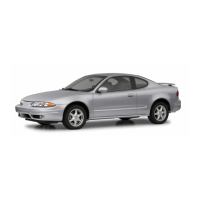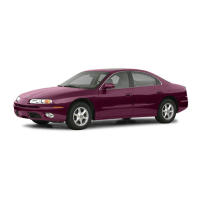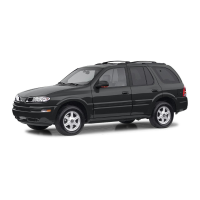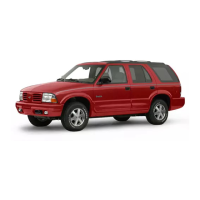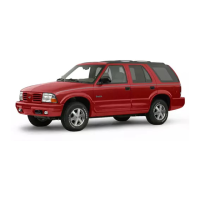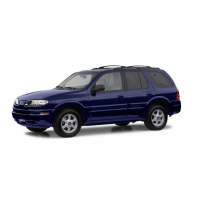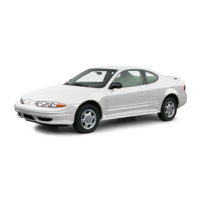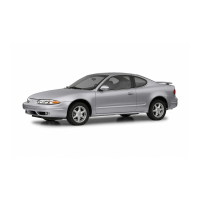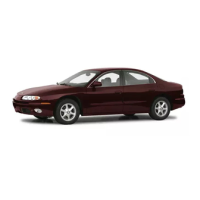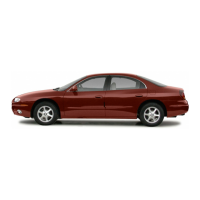The CertificationDire label also tells you the maximum
weights for the front and rear axles, called Gross
Axle Weight Rating (GAWR). To find out the actual loads
on your front and rear axles, you need to go to a
weigh station and weigh your vehicle. Your dealer can
help you with this. Be sure to spread out your load
equally on both sides of the centerline.
Never exceed the GVWR for your vehicle, or the GAWR
for either the front or rear axle.
If you do have
a
heavy load, you should spread it out.
Similar appearing vehicles may have different GVWRs
and payloads. Please note your vehicle’s
CertificationDire label or consult your dealer for
additional details.
Using heavier suspension components to get added
durability might not change your vehicle’s weight ratings.
Ask your dealer to help you load your vehicle the
right way.
Notice:
Your warranty does not cover parts or
components that fail because
of
overloading.
If
you put things inside your vehicle-like suitcases, tools,
packages, or anything else-they will go as fast as the
vehicle goes.
If
you have to stop or turn quickly, or
if
there’s a crash, they’ll keep going.
Do
not load your vehicle any heavier than the
GVWR,
or either the maximum front or rear
GAWR.
If
you do, parts on your vehicle can
break, and
it
can change the way your vehicle
handles. These could cause you to lose
control and crash. Also, overloading can
shorten the life of your vehicle.
1
...
ngs yV- p~. .nsi,, your vehicle can strike
and injure people in
a
sudden stop or turn,
or
in a crash.
Put things
in
the cargo area
of
your
vehicle. Try to spread the weight evenly.
Never stack heavier things, like suitcases,
inside the vehicle
so
that some of them
are above the tops of the seats.
CAUTION: (Continued)
4-42
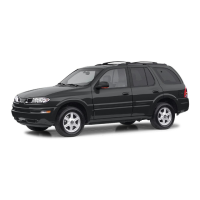
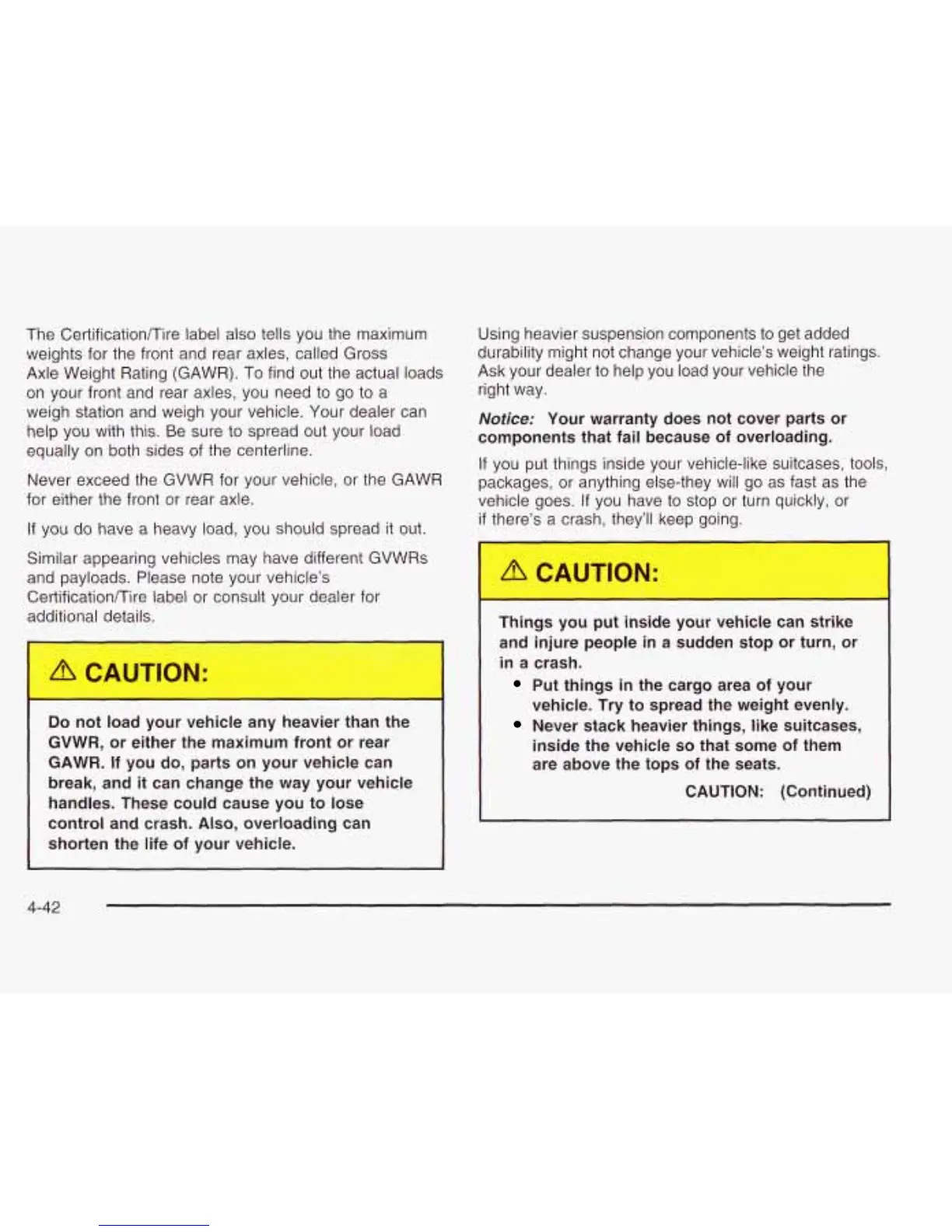